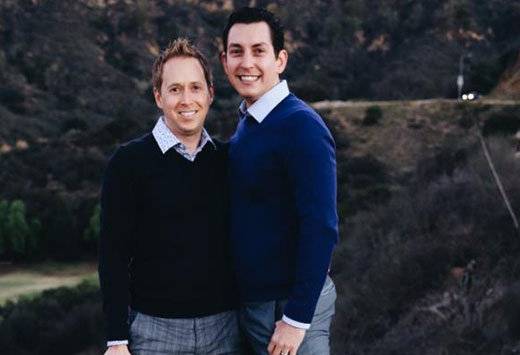
Finding LGBT-Affirming Adoption Professionals: Building the Right Team
LGBT Adoptive Parents

What Happens to a Birth Certificate After Adoption?
LGBT Adoptive Parents
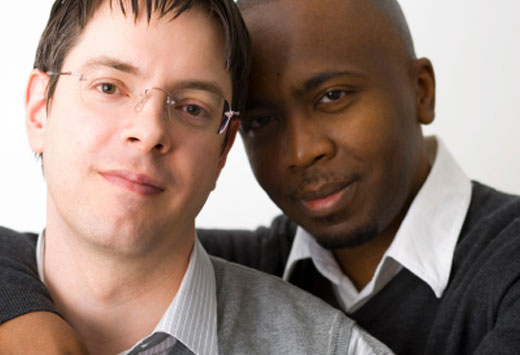
Can a Birthmother Change Her Mind Before Adoption?
LGBT Adoptive Parents
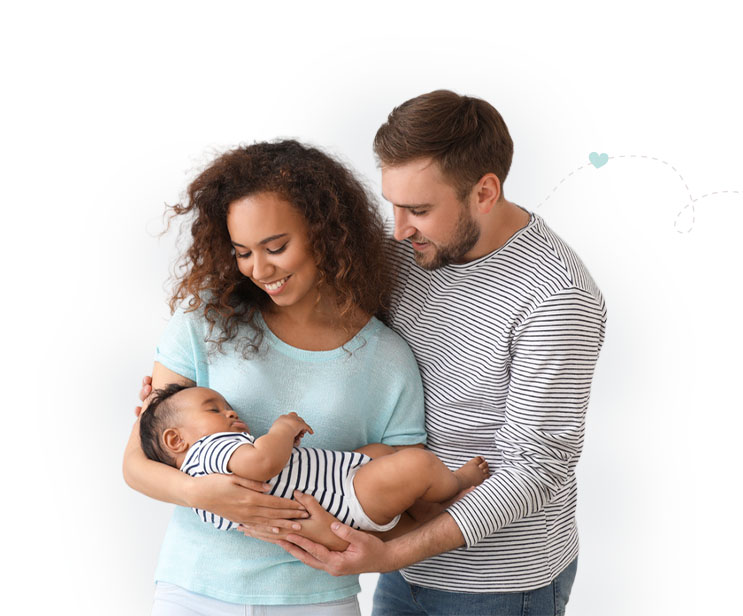
Building Your Military Family Through Adoption: What You Need to Know
LGBT Adoptive Parents

Smart Money Moves: How to Financially Prepare for the Adoption Process
LGBT Adoptive Parents
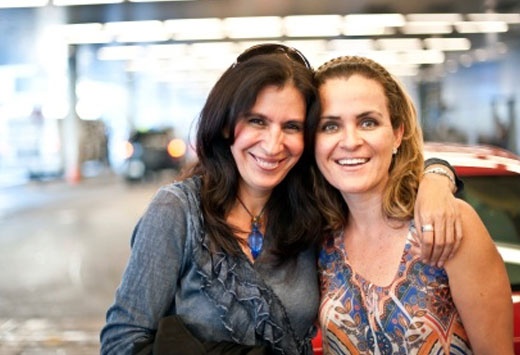
Beyond the Basics: Creating an Adoption Profile That Stands Out
LGBT Adoptive Parents
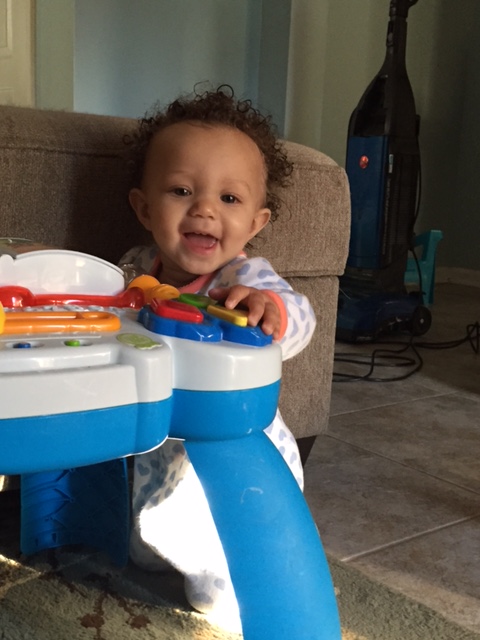
Navigating First Conversations: What to Say (and What Not to Say) to Expectant Mother
LGBT Adoptive Parents

Making It Work: Tips for Working Professionals Adopting as Single Parents
LGBT Adoptive Parents
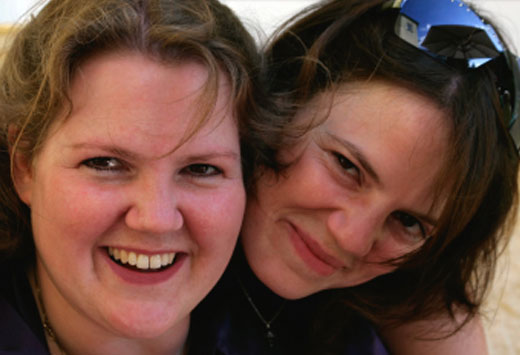
Handling the Adoption Wait During the Holidays
LGBT Adoptive Parents
